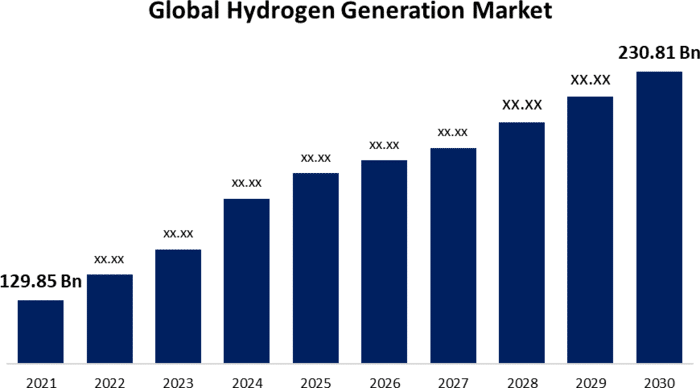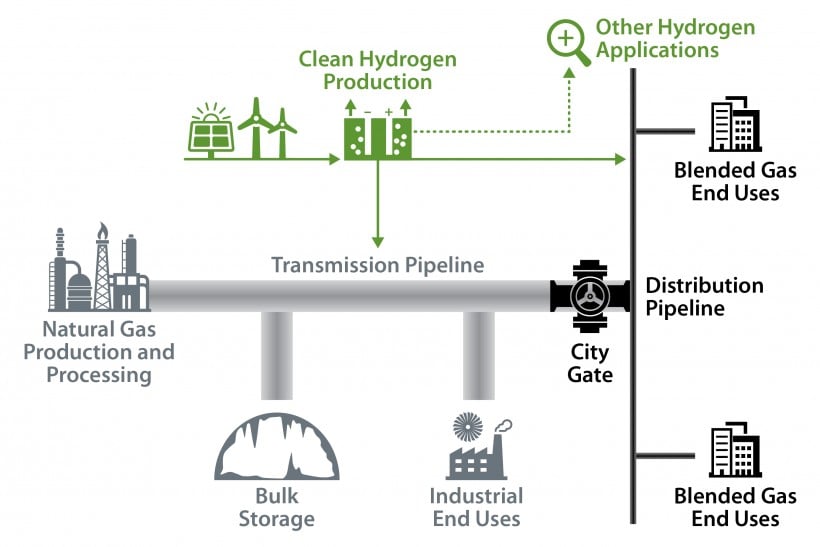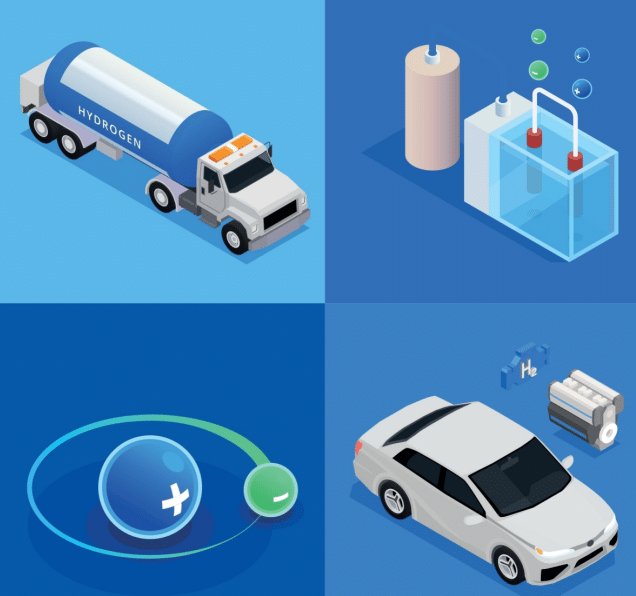The potential of hydrogen as a clean source of energy is gaining momentum with major companies investing heavily in it and working to bring it to mainstream. Here are the three important things unfolding in the industry right now that’s worth knowing.
Duke Energy Corp. has unveiled plans to construct and operate a groundbreaking green hydrogen system at its DeBary Solar Power Plant in Florida, whereas First Hydrogen will showcase the unrivalled potential of hydrogen in powering vehicles.
Meanwhile, the US Department of Energy’s laboratory cautioned that hydrogen blending in natural gas pipelines has limits due to leakage. They then suggested fixes to help pipeline operators determine which transmission line segments need modification or replacement.
Duke Unveils First-of-its-Kind Green Hydrogen System
The energy giant said that this initiative will be the “nation’s first system capable of producing, storing and combusting 100% green hydrogen in a combustion turbine”. With construction commencing later this year, the system is expected to be fully operational by 2024.
The project will integrate solar energy to power two 1-MW electrolyzer units, producing oxygen and green hydrogen for safe storage and subsequent use in a combustion turbine. This system will be retrofitted to run on a natural gas/hydrogen blend or pure hydrogen using GE Vernova technology.
This innovative endeavour reflects Duke Energy’s anticipation of hydrogen’s significant potential in achieving decarbonization across sectors of the US economy. It will also help the energy company in ensuring grid reliability amid the increasing integration of renewable energy sources.
The initiative is a collaboration between Duke, GE Vernova, and Sargent & Lundy LLC, and is part of Duke’s comprehensive “Vision Florida” program. It comprises several cutting-edge projects such as microgrids, battery storage, and solar-plus-storage installations, with a project budget of $100 million.
As the industry anticipates the economic viability of green hydrogen-fuelled power plants, the International Energy Agency’s recent reports emphasize the need for robust policy support and investment efforts. This is crucial to accelerate the adoption of low-carbon hydrogen production worldwide, with green hydrogen production playing a pivotal role.
The agency estimated that low-carbon hydrogen production could grow significantly by 2030, reaching 38 million metric tons per year. As for market size, estimates show global hydrogen generation could reach over $230 billion.

Showcasing Hydrogen’s Unmatched Potential
First Hydrogen (TSXV: FHYD) (OTC: FHYDF) (FSE: FIT) sells and leases next-generation hydrogen fuel cell powered commercial vehicles. They’re the exact type the Department of Energy is predicting to explode.
The company’s demonstration vehicle, FCEV, became road legal, boasting a range of 500 km or more. And trial results beat that range with their FCEV clearing 630 km range in a test with SSE Plc.
Rivus, with 120,000 vehicles in their fleet, has also praised the unparalleled results in their analysis. First Hydrogen’s light and medium-sized hydrogen commercial vehicles can refuel in minutes, just like a gas-powered car.
With that, First Hydrogen had announced recently that it will host first-ever track event for its FCEV at the end of October on the track at HORIBA MIRA, UK. Invited participants will get hands-on access to the first-of-their-kind FCEV and the chance to drive them.
But the company is more than just delivering hydrogen-powered vehicles; it’s also planning to build its own hydrogen production.
First Hydrogen is among the many believing that hydrogen is becoming a star player in the transition to cleaner energy. Other companies also recognize this transformative shift and pioneer hydrogen blending projects in the U.S.
However, a DOE laboratory warned about one particular challenge that hydrogen blending faces.
The Key Limitation of Hydrogen Blending
A study by the Argonne National Laboratory revealed that hydrogen’s tendency to worsen pipeline leakage could hinder the industry’s efforts to blend the clean fuel in natural gas transmission lines.
- Their modeling showed that introducing a 30% hydrogen blend in gas pipelines resulted in a 6% reduction in lifecycle GHG emissions.
However, the research highlighted that blending could potentially increase the leakage from transmission lines, negating the upstream and downstream benefits. This is due to the differences in energy density between methane and hydrogen – H2 has ⅓ of CH4’s energy density.
That means increasing flow rates and pressure to carry hydrogen in pipes also increases methane leak rates.

Senior scientist Amgad Elgowainy emphasized the challenges posed by increased flow rate and pressure during the October webinar hosted by the Energy Department to showcase the initial findings of its HyBlend initiative.
The National Renewable Energy Laboratory (NREL), contributing to the HyBlend program, devised a tool to help operators identify pipeline assets suitable for blending, pinpoint segments needing modifications, and estimate associated costs.
To address the mismatches between maximum allowable operating pressure (MAOP) across pipeline segments, NREL proposed three solutions:
- Replace segments with appropriate material grade and wall thickness;
- Pipeline looping: installing pipes that operate parallel to existing segments that don’t align with H2 piping standard; and
- Add compressor stations between segments that don’t match the standard.
In a case study involving the Alliance Pipeline LP, NREL found that pipeline looping emerged as the most cost-effective method. Most remarkably, they also discovered that the capital and operating costs associated with modifying gas pipelines to transport hydrogen has a minimal impact on the delivered cost of energy.
- READ MORE: An Introduction to Hydrogen Energy
Duke Energy’s pioneering green hydrogen system and First Hydrogen’s unmatched hydrogen fuel cell vehicle solution signify a significant leap forward in the journey toward sustainability. However, the Department of Energy’s analysis underlines critical limitations and proposes vital solutions for effectively integrating hydrogen into existing natural gas infrastructure.
As the energy industry embraces the transformative power of clean hydrogen, strategic measures are crucial to ensure a smooth and efficient transition, balancing environmental benefits with infrastructure requirements.

